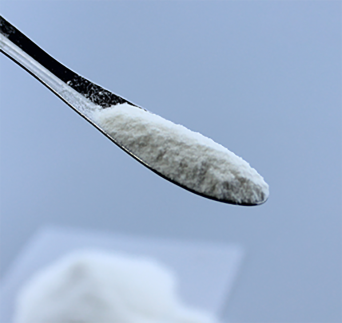
Dec . 12, 2024 10:01 Back to list
hpmc hydroxypropyl methylcellulose
Understanding HPMC Hydroxypropyl Methylcellulose
Hydroxypropyl methylcellulose (HPMC) is a semi-synthetic polymer derived from cellulose, a natural polymer that constitutes the primary structural component of plant cell walls. Due to its unique properties and broad range of applications, HPMC has become a pivotal ingredient in various industries, including pharmaceuticals, food, cosmetics, and construction.
Chemical Structure and Properties
HPMC is synthesized through the modification of cellulose, where hydroxyl groups are substituted with hydroxypropyl and methyl groups. This chemical alteration imparts distinct properties to HPMC, such as solubility in cold water, rheological control, and film-forming abilities. The degree of substitution and the methoxy to hydroxypropyl ratio can be manipulated to yield products suitable for specific applications, enabling formulators to tailor the material to meet exacting performance criteria.
In terms of physical characteristics, HPMC is typically presented as a white to off-white powder. It is odorless, tasteless, and non-toxic, making it suitable for a variety of consumer products. When dissolved in water, HPMC forms a viscous gel that can stabilize emulsions and suspensions, making it highly beneficial in formulations where uniformity and consistency are paramount.
Applications in Various Industries
hpmc hydroxypropyl methylcellulose

1. Pharmaceuticals HPMC is widely employed as an excipient in drug formulations. It functions as a binder in tablets, enhancing their mechanical strength while maintaining disintegration properties. Furthermore, it is used as a thickening agent in liquid formulations and as a controlled-release agent in certain drug delivery systems. Its biocompatibility and stability at varying pH levels make it a preferred choice for both oral and topical medications.
2. Food Industry In the food sector, HPMC serves as a food additive, classified under E464. It acts as a stabilizing and thickening agent in products such as sauces, dressings, and dairy items. HPMC's ability to improve texture and mouthfeel, along with its emulsifying properties, renders it a popular ingredient in low-fat or gluten-free products, where it helps to mimic the sensory attributes of fats or gluten.
3. Cosmetics and Personal Care The cosmetic industry utilizes HPMC for its gelling and binding properties, enabling the formulation of creams, lotions, and gels. It aids in the stabilization of emulsions, ensuring product consistency and enhancing the sensory experience during application. Additionally, HPMC is often incorporated into hair styling products, where it provides hold and flexibility without stiffness.
4. Construction HPMC is increasingly recognized in the construction sector, particularly in tile adhesives and mortar. Its water retention properties prevent rapid drying during the curing process, thereby enhancing adhesion and workability. The incorporation of HPMC in construction materials contributes to improved performance and durability, making it a valuable additive for professionals in the field.
Conclusion
Hydroxypropyl methylcellulose (HPMC) is a multifaceted ingredient that plays a crucial role in various industries. Its chemical versatility and physical properties allow for endless possibilities in product formulation, significantly impacting the quality and performance of end products. As industries continue to innovate and strive for higher quality standards, HPMC's significance is likely to grow, establishing it as a staple ingredient across a broad spectrum of applications. Whether in pharmaceuticals, food, cosmetics, or construction, the benefits of HPMC are apparent, making it an essential component in modern manufacturing processes.
-
Versatile Hpmc Uses in Different Industries
NewsJun.19,2025
-
Redispersible Powder's Role in Enhancing Durability of Construction Products
NewsJun.19,2025
-
Hydroxyethyl Cellulose Applications Driving Green Industrial Processes
NewsJun.19,2025
-
Exploring Different Redispersible Polymer Powder
NewsJun.19,2025
-
Choosing the Right Mortar Bonding Agent
NewsJun.19,2025
-
Applications and Significance of China Hpmc in Modern Industries
NewsJun.19,2025







